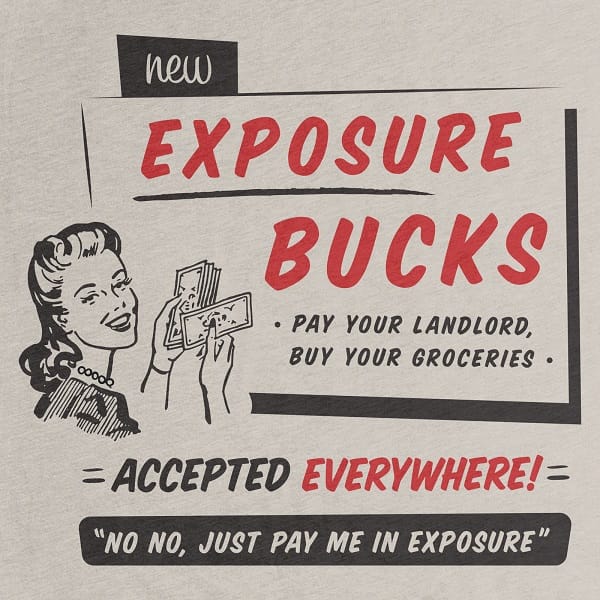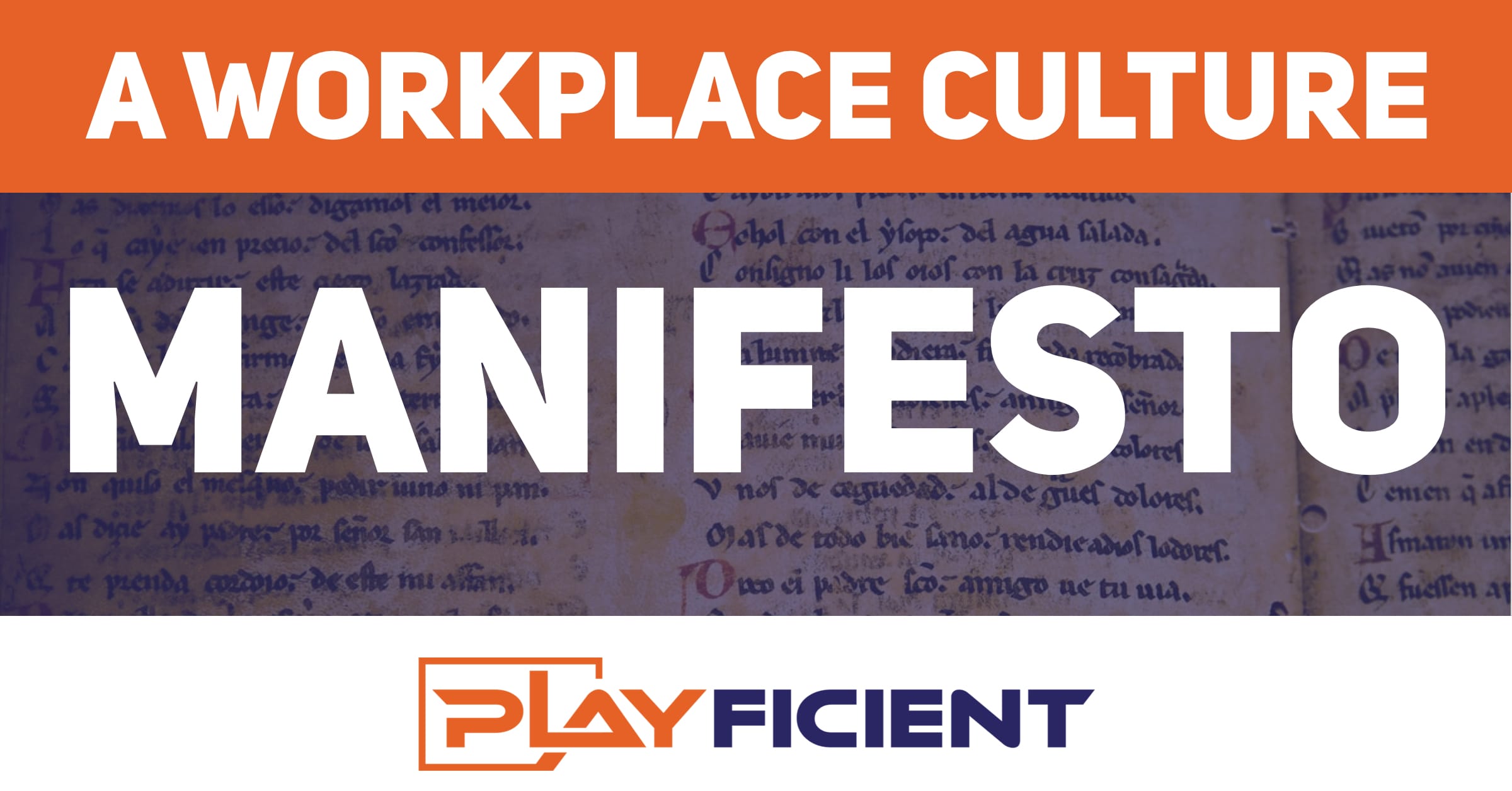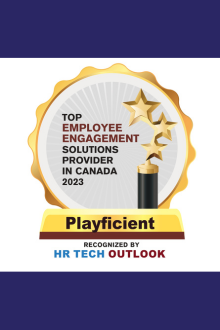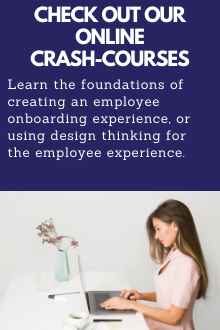A Workplace Culture Manifesto – Ideas Your Organization Can Use
Let’s talk about your culture manifesto.
All the good, the bad, and the ugly that entails with your workplace culture and your culture manifesto.
It’s different than your competitors. It exists whether you’re a 3 person team, or a 30, 000 person team. It can span across the world, or in location.
What the workplace culture is falls on the organization. You may have an awesome work culture, or a horrible one that’s caused people to leave in droves.
That said, there are things at Playficient that we feel that you SHOULD do, and things that you SHOULD NOT do with your workplace culture.
Henceforth, this is workplace culture manifesto from our perspective here at Playficient.
You may not not agree with everything here on our culture manifesto, and you don’t have to. What I do want you to do is consider each of the following. It can help built your way to an awesome work culture.

No, I don’t have this written on a scroll. It would be cool though.
1. In your workplace culture, do not refer to staff as “family”.
I immediately cringe when I hear about organizations who make use of the term “family” in their workplace culture.
It’s gross, stop doing it. Make it part of your culture manifesto.

Your organization shouldn’t be like the Bluths.
Look at the Reddit thread below, and some of the top answers in regards to “family”. They say more than I ever could.
If you are using term “family”, drop it ASAP. Doesn’t it sound weird when you have to fire family, or disown a large number of them when the business isn’t doing so well?
If you want to say you’re a team? That’s something that I can agree with. Just drop the family bullshit.
I want you to build an awesome work culture. Just don’t let things like this get in your way.
2. In your workplace culture, there is no Kool-Aid to drink.
An extension on the point of family, so many organizations make people drink the Kool-Aid. A lot of hip, younger organizations will hire freshly minted university grads who get suckered in by drinking the Kool-Aid that don’t know any better. But hey! They have beer on tap! Cool!
Before you know it, you end up with a workplace where people don’t go against the grain. They’re afraid to break that “harmony”, for better lack of a term.
You can also end up in an organization with bizarre superficial relationships between people that aren’t strong bonds, leading to resentment and loneliness (we’ve written on the subject of workplace loneliness here – Dealing With Workplace Loneliness – A Guide For Management)
They are afraid to bring up disagreements and end up with a passive aggressive environment that doesn’t help the organization grow (for more on healthy conflict at work, read my thoughts here). This can function, but over time, these organizations can lose market share as a result of not taking risks.
Why? Because drinking the Kool-Aid makes people afraid to speak up.

Don’t even think about it.
Allow for employees to take risks within the organization. Allow them to speak against the norm. Don’t just have them be happy little followers.
3. Don’t brag about your workplace culture. Live it.
Another thing that greatly irks me is when organizations boast about their culture. I posted to a Reddit thread earlier, but the title is a great indication of this point:
A number of the top answers go into stories about organizations bragging about their culture, but didn’t back it up. It’s a case of “do as I say, not as I do”, and it’s all a show.
As time goes on, the problems start to pile up, and people end up leaving for greener pastures, hopefully to organizations that actually walk the walk and have an awesome work culture.
Do what you say you do. If you have a cool culture, great. Then live it, and word will spread. No need to shout it from the rooftops. That sends off plenty of red flags in my head.
4. Pay employees a reasonable salary.
Want to come work for this big name company? Cool. But guess what? We pay below industry average. But don’t worry, look at the exposure! It will look great on your resume for the future.

Don’t just cut back because of the exposure they’ll get.
Places like Costco do just fine and pay well above average rates. Guess what? They have a super low turnover, and are voted the best place to work in America. As they have low turnover, they don’t deal with the overlooked costs that comes with hiring new staff due to turnovers that their competitors do. It seems to be working just fine for them.
If you’re a super small organization strapped for cash, that’s a different story. For a larger organization?You (should) have more money at your disposal (assume it’s being spent in the right areas), so invest more into your employees.
5. The phrase “work hard, play hard” is banned from your workplace culture.
Another one of the major red flags is uttering the phrase “work hard, play hard”. Drop it from your job descriptions, and banish the use of it. It’s like saying “Voldemort” in the Harry Potter world.
I interpret the phrase as following: “we work hard by keeping you in the office for a long time, and maybe once in awhile you can have some fun”. From the Reddit thread mentioned earlier, a number of answers deal with the “work hard, play hard” issue.
This style leads to overwork, which will have long-term ramifications on your business (you can read about our thoughts on overwork here – The Overworked Culture – Let’s Talk).
So just drop it from your vocabulary, for all that is good in the world, and have it on your culture manifesto.
Read our thoughts on the perils of forced fun: Forced Fun Is No Fun – So Why Do Organizations Keep It Up?
6. In your workplace culture, you do not copy what other organizations are doing.
If you’re going to have beer on tap, ping-pong tables, and bean bag chairs there better be a good reason for it, and not because others are doing so.
It needs to fit in with your organization, and not because other organizations are doing the same thing. It’s like taking DNA from someone else and just trying to splice it into your body. That’s not how you build an awesome work culture.
Don’t just read books on how these organizations and think that you can implement the same things right in. If you are going to be reading (and you should be), check out our list of recommended books on corporate culture.
7. You invest in the employee experience just as much as the user experience.
I’ve had a few people point out to me if this is worth it with the rise of AI, automation, and the possible reduction of the workforce. The jury is still out on this one, and I’m not sure what to make of it. More often than not, I feel that it’s overblown, but I could very well be wrong.
That said, who you do keep around becomes more important than ever. You want those who are the right fit, and willing to take risks. That’s why you want to invest in your employee experience. It’s why you want to work on keeping employee engagement high (which we’ve covered before).
For more on investing in your employees: Why “Employees Come First” Will Grow Your Organization.
8. You have made a long-term investment in your employee onboarding process.
You look beyond the one-week onboarding, or lack of onboarding at all. You realize that investing in a quality employee onboarding process can go a long way in keeping employees around longer, and reducing turnover.
This reduces the often-overlooked costs associated with employee turnover.
See more of our posts on onboarding here:
- A Guide To Building An Employee Onboarding Process That Actually Works
- Ten Employee Onboarding Ideas Your Organization Can Use Right Now
9. A ping-pong table doesn’t automatically mean that you’re a playful culture.
Again, looking back to the FAANG Effect, you realize that this isn’t enough to be considered a playful workplace.
Can it help? Sure. However, you need to realize that some people have play personalities cater towards the ping-pong table, while it won’t for others. Understand what the eight play personalities are.
10. There is continuous improvement in the employee experience done through co-creation.
You don’t just lock yourself away in a room to work on improving the employee experience. You look to other examples of values of co-creating the employee experience with workers.
You look at organizations like Southwest Airlines, who, when looking to design new uniforms for flight attendants, didn’t hire a prestigious design agency. They put the call out to all employees, and came up with new uniforms that were not only stylish, but more practical.
Southwest Airlines: A Case Study in Employee Engagement

There’s a reason that they’ve been profitable 45 years in a row.
11. Leadership understands that employees have lives outside of the office.
For leadership, the organization may be their life. It may be their baby. There’s nothing wrong with that. If they want to put in far beyond 40 hours a week, that’s their call.
The issue is when leadership thinks that everyone that works there is the same when it comes to hours, and expects the same.

I think one of the best things Elon can do is to get off Twitter. Actually, make that 99% of Twitter users.
Again, it’s fine if for some, as their work is play to them. What they need to understand is that isn’t the case for everyone, and there is nothing wrong for that.
It’s not because they are slacking or don’t care (even if employee engagement rates are low). They just have different priorities in their lives, and there is nothing wrong with that.
The last thing you want to create is a workplace culture that continues to pour in long hours because that’s the way leadership likes it. We’re not all wired the same, and the sooner that leadership can understand that, the better.
If Jack Ma wants to work 9-9-6, he can knock himself out, but to think that everyone should be doing the same is ridiculous.
12. At your workplace, disagreement and healthy conflict is encouraged.
The last thing you want our passive workers who don’t want to upset upper management for fear of getting fired, or for disrupting the “harmony” or “serenity” that occurs when you end up with some passive-aggressive feelings building up in the rumbles of people’s stomachs.

Thank you Frank. Source: serenitynownownow.blogspot.com
You want healthy conflict. If people don’t agree with the direction of something, they should be free to speak it. Not to be a contrarian, but to let their feelings be heard. It’s like a story: conflict drives the story forward.
More on the topic here: A Guide On How To Have Healthy Conflict At Work.
13. The word synergy is never to be uttered. Ever.
The only acceptable time to use the word is to make fun of it.

Hey it’s been awhile since I watched this…2009? Time flies…Source: devopsnet.com
Conclusion.
Let’s review the workplace culture manifesto.
1. In your workplace culture, do not refer to staff as “family”.
2. In your workplace culture, there is no Kool-Aid to drink.
3. Don’t brag about your workplace culture. Live it.
4. Pay employees a reasonable salary.
5. The phrase “work hard, play hard” is banned from your workplace culture.
6. In your workplace culture, you do not copy what other organizations are doing.
7. You invest in the employee experience just as much as the user experience.
9. A ping-pong table doesn’t automatically mean that you’re a playful culture.
10. There is continuous improvement in the employee experience done through co-creation.
11. Leadership understands that employees have lives outside of the office.
12. At your workplace, disagreement and healthy conflict is encouraged.
13. The word synergy is never to be uttered. Ever.
Again, you don’t have to agree with everything here. If you do, awesome! I encourage you to think of a culture manifesto for your workplace. Make it clear what is acceptable, and just as important, what isn’t.
If you’re struggling to come up with a culture manifseto, we at Playficient can help you out.
We have three core offerings for organizations:




